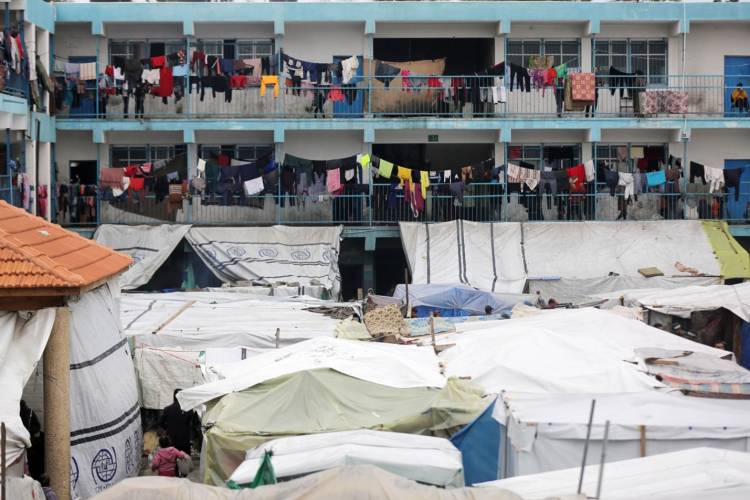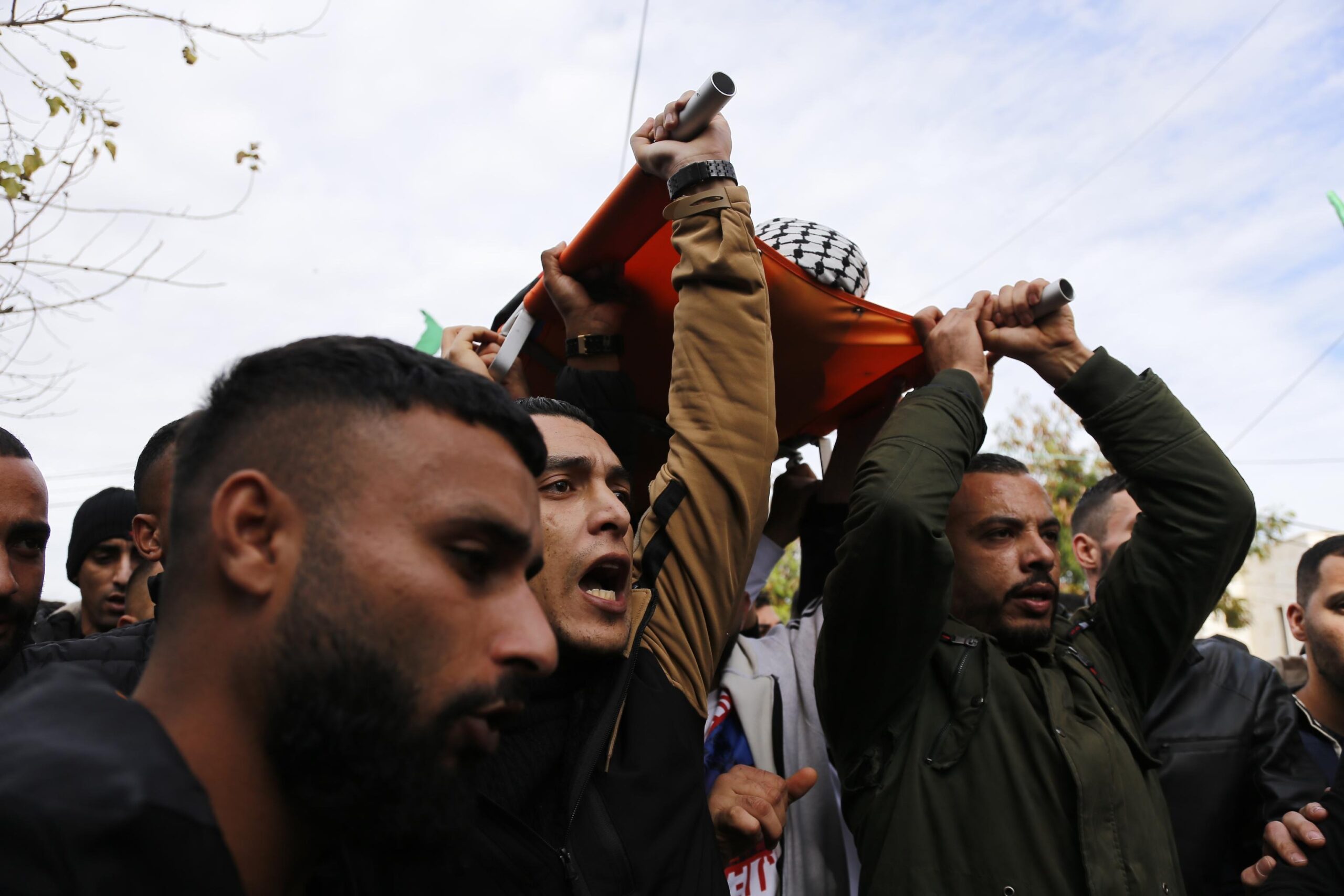-
UNRWA Aid Cuts: a Coordinated Political and Economic Attack
02 February 2024 | International Solidarity Movement | Gaza Mere hours after the ICJ ruling which found Israel is ‘plausibly’ committing genocide in Gaza and ordered it shall take “immediate and effective measures” to enable urgently needed basic services and humanitarian assistance into the besieged strip, the apartheid state started a timely orchestrated attack […]
-
Gaza genocide: landmark ruling against Israel
29 January 2024 | International Solidarity Movement | The Hague, Netherlands On Friday, January 26, after a two-week tense wait, the International Court of Justice (ICJ) delivered the ruling on the genocide case brought by South Africa against Israel. In a landmark decision, the ICJ accepted SA’s case and asserted that there is indeed a […]
-
Non-Stop Killings and Incursions in the West Bank
27 January 2024 | International Solidarity Movement | West Bank By Diana Khwaelid The Israeli Occupation forces killed four Palestinians in the West Bank in 4 days, during incursions in several cities from January 12 to 15. Since October 7, 2023, the West Bank has witnessed large-scale Israeli incursions, involving storming cities, villages and camps, […]
Action Alert An Nabi Saleh Apartheid Wall Arrests BDS Bethlehem Bil'in Cast Lead Demonstration Denial of Entry Ethnic Cleansing Farmers Gaza Global Actions Hebron House Demolition International law Israeli Army Jerusalem Live Ammunition Nablus Ni'lin Prisoner Ramallah Rubber-coated steel bullets Settlement Settlers Settler violence Tear-Gas Canister Video



